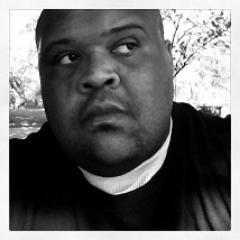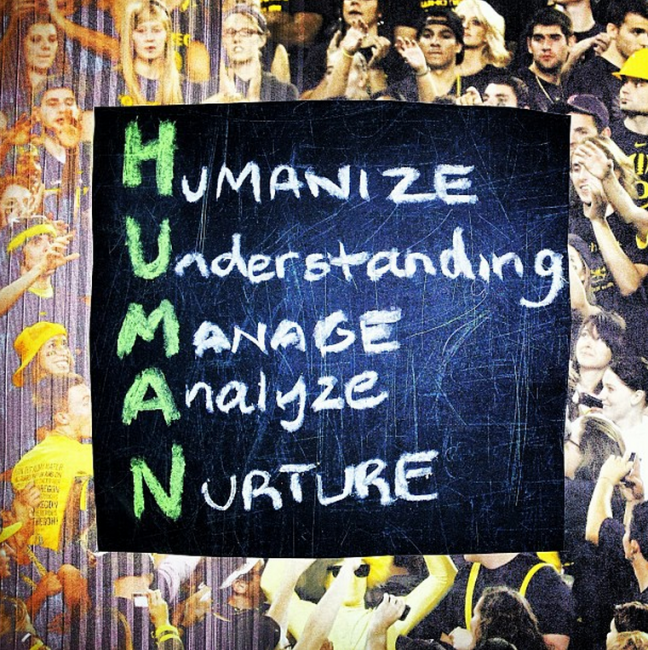In the world of human resources you hear certain terms and phrases quite frequently, such as “the seat at the table” or “put the HUMAN in human resources,” and although these terms are batted around a lot, there is something authentic about them. Human Resources professionals are tasked with managing the most important asset a company has – its people. We are in the business of overseeing the processes, functions and policies for the employees. We ensure the relationship between employer and employee is a fair exchange of compensation for performance. However it’s not that simple and the process evolves with society, technology, global market trends and the economy.
Let’s face it folks, for millions of workers worldwide, work sucks. They hate to go to work, they are miserable while they’re at work and they can’t wait to leave. Work sucks because of three main reasons, low pay (for required work), bad bosses/co-workers and cumbersome or difficult job duties. So the question is how do we make work suck less? The answer is simple, we need to put the H.U.M.A.N in Human Resources, and here’s how:

Humanize – this means to make humane. We need to stop treating employees like interchangeable, disposable parts and start treating them like human beings. We need to sympathize more and offer more work life balance benefits to show employees we care about their overall well-being. You send the tone of a humanized work organization during your hiring and onboarding processes.
Understanding – We need reach an understanding of how to work together. We need to understand the job duties that we require our employees to perform; think Undercover Boss, the reality show about the boss that goes undercover as a “rank and file” employee but ends up learning a lot about their employees and the REAL jobs in which they perform. Ideas developed in the boardroom don’t always play out in the real world of work. You staff is more intelligent than you may know, and they may have great ideas to help improve overall company.
Manage – Everyone needs structure. We must stop thinking that employees need babysitters and realize they need managing. Employees need development, constructive criticism and proper direction. This gives them a purpose and people feel better when there is purpose to their job duties.
Analyze – Bosses have to take time to interact and engage their employees for the purpose of job and work analysis. We have to audit the job and the employees to determine the characteristics and requirements needed to be successful. This only comes through the analysis process.
Nurture – By nurture we’re using definition numbers 2 and 3; which means to educate, to train and to bring up. That’s pretty easy to comprehend. In our organizations we need to onboard and train our employees properly. Humans first!
Word!
 Chris Fields is an HR professional and leadership guy who blogs and dispenses great (not just good) advice at Cost of Work. Connect with Chris via email at [email protected].
Chris Fields is an HR professional and leadership guy who blogs and dispenses great (not just good) advice at Cost of Work. Connect with Chris via email at [email protected].






